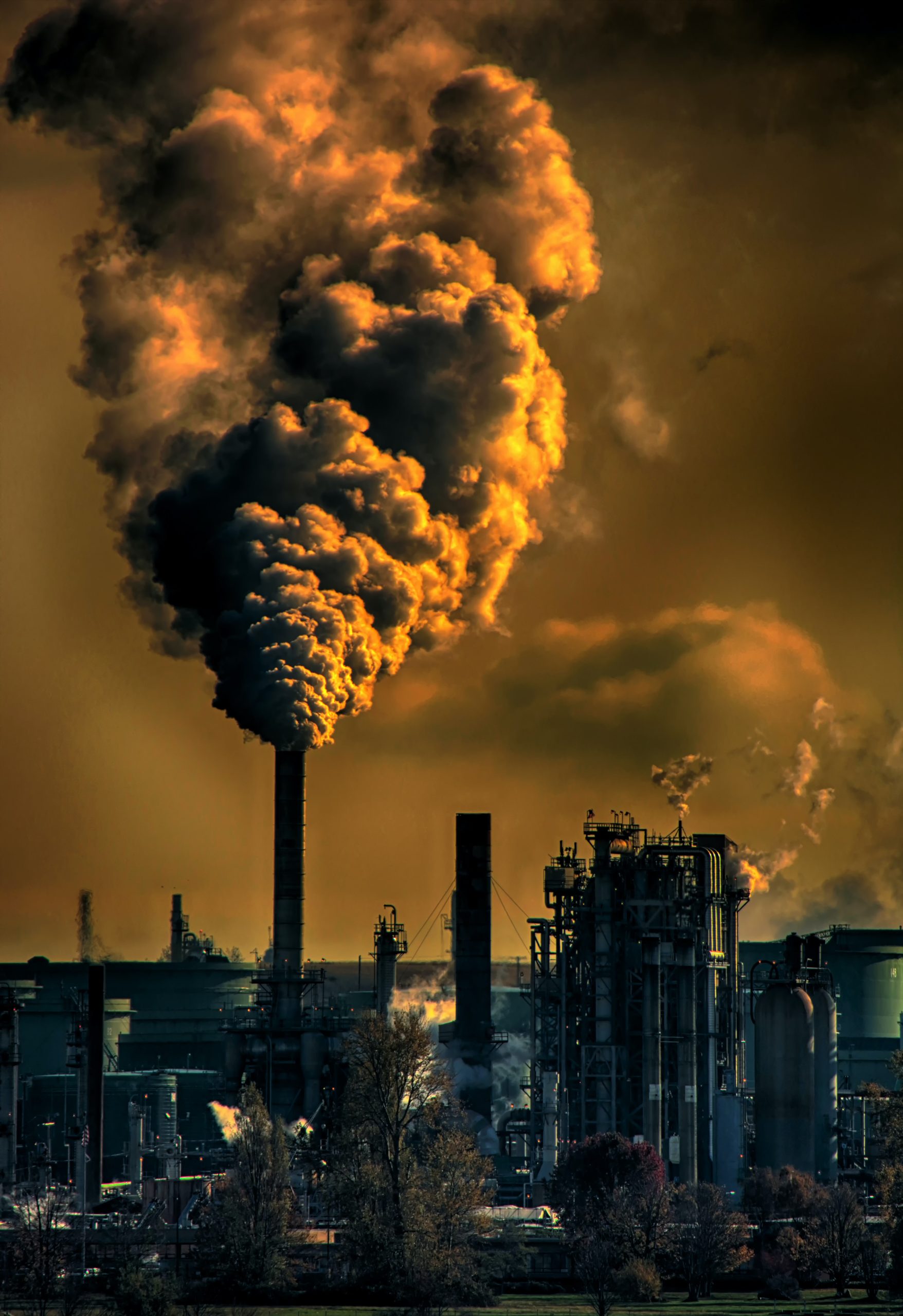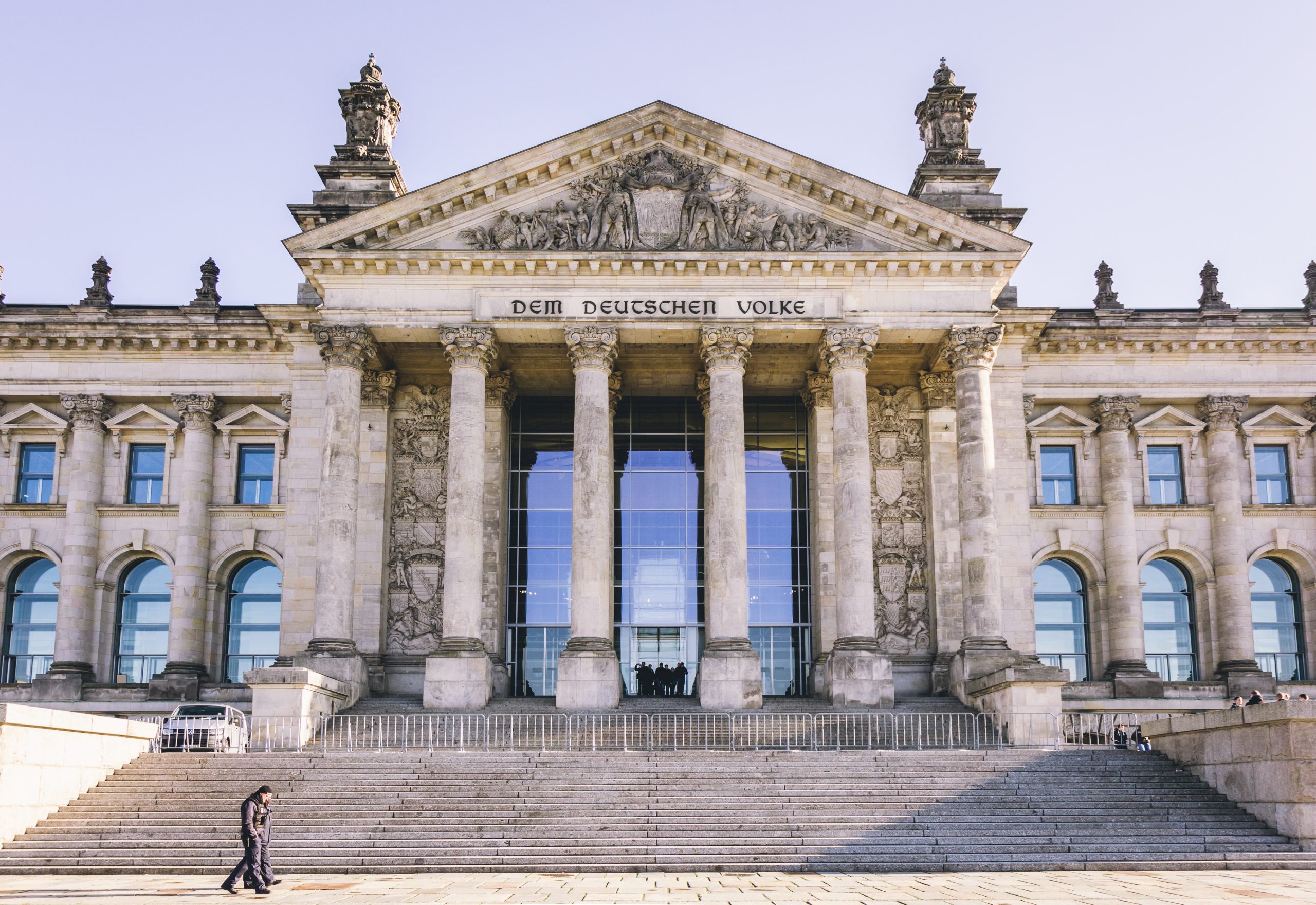The European Union’s climate package is the latest set of regulations aiming to reduce Europe’s carbon emissions and improve energy efficiency. It has been described as a “game-changer” in terms of climate action, with the potential to make a real difference in fighting climate change. But what exactly does this package mean for citizens in Europe, and how will it affect them? In this blog post, we’ll take a closer look at the EU’s climate package and explore what it means for everyday lives across Europe. Read on to find out more about the regulations and how they could shape the future of sustainable living!
What is the European Union’s climate package?
The European Union’s climate package is a set of measures designed to reduce greenhouse gas emissions and help the EU meet its international obligations on climate change. The package includes a binding target for the EU to cut its emissions by 20% by 2020, compared to 1990 levels. It also sets targets for individual member states, based on their level of development and their ability to reduce emissions. The package also contains measures to improve energy efficiency, promote renewable energy sources, and support carbon trading.
How will the climate package affect you?
The European Union’s climate package will have a significant impact on individuals, businesses, and countries across Europe. The most immediate and noticeable impacts will be on energy costs and carbon emissions.
The climate package includes a target of reducing greenhouse gas emissions by at least 40% below 1990 levels by 2030. This target is binding on all EU member states, meaning that each country must take measures to meet its share of the reduction.
Individuals can expect to see an increase in energy prices as a result of the climate package. This is because the cost of emitting carbon dioxide will rise, making it more expensive to produce and use fossil fuels. The price increases will be highest for coal and oil, followed by natural gas. electricity from renewable sources will become increasingly competitive as a result.
Businesses will also be affected by the climate package, particularly those that use large amounts of energy or produce high levels of emissions. They may need to make changes to the way they operate in order to comply with the new regulations. This could include investing in new technologies or processes, or changing their product mix.
Countries that are heavily reliant on fossil fuels for their energy needs will be most affected by the climate package. This is because they will need to make greater reductions in emissions than other countries in order to meet their targets. These countries are likely to see the biggest increases in energy prices as a result.
What are the benefits of the climate package?
The European Union’s climate package includes a number of benefits for businesses and individuals. The main benefit is the reduction in greenhouse gas emissions. This will help to combat climate change and improve air quality. The package also includes measures to improve energy efficiency, which will save businesses money on their energy bills. Finally, the package contains measures to promote renewable energy, which will create jobs and help to reduce dependence on fossil fuels.
Are there any drawbacks to the climate package?
The European Union’s climate package is a set of measures designed to reduce greenhouse gas emissions and help the EU meet its commitments under the Paris Agreement. The package includes a number of different policy instruments, including carbon pricing, energy efficiency standards, and renewable energy targets.
While the climate package is generally seen as a positive step by the EU towards reducing its emissions, there are some drawbacks to the package that should be considered. First, the package does not include a binding target for member states to reduce their emissions. This means that there is no guarantee that the member states will actually reduce their emissions in line with the goals of the package. Additionally, some of the measures in the package, such as carbon pricing, could have negative impacts on certain sectors of the economy, such as manufacturing. Finally, it is worth noting that many of the measures in the climate package will not come into effect until 2030 or later. This means that it will take some time for these measures to have an impact on emissions levels.
Conclusion
The European Union’s new climate package is a bold initiative to reduce emissions and tackle the climate crisis. As individuals, we can support this effort by reducing our own carbon footprint, whether that means using renewable energy sources when possible or simply being aware of how much electricity we use on a daily basis. On a larger scale, businesses should look at their environmental policies and strive to make their operations more sustainable whenever possible. With everyone working together towards the common goal of saving the planet, we can ensure that future generations have access to clean air and an environment that supports life in all its forms.









